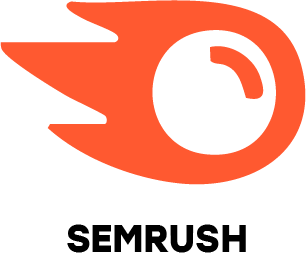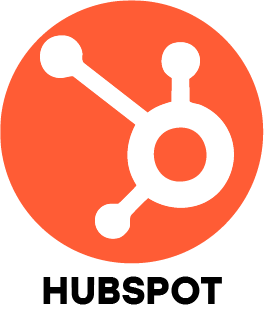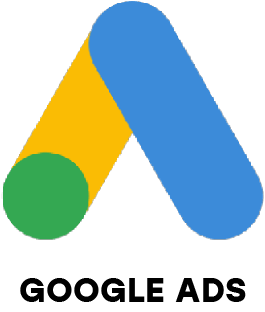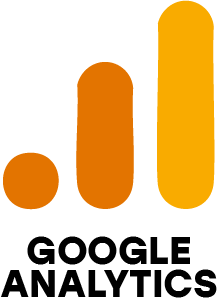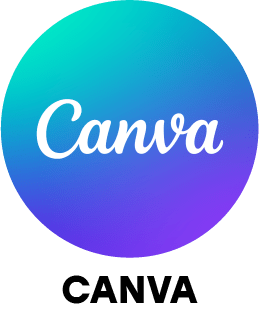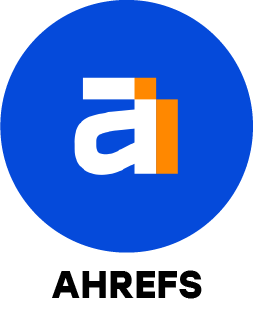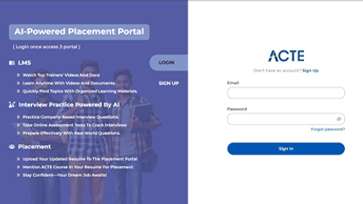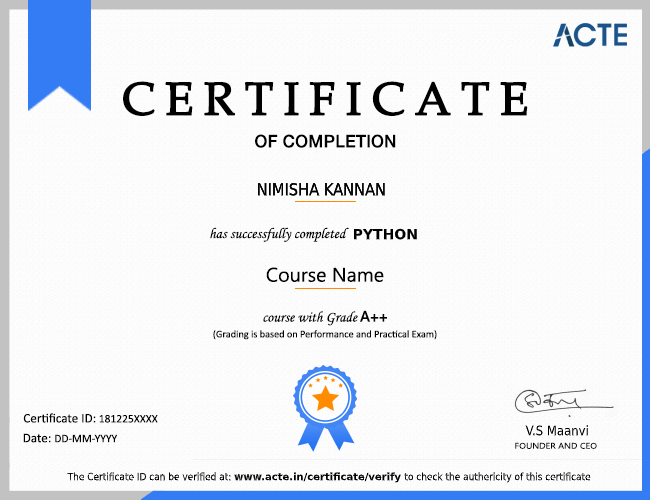1. What is the difference between traditional and digital marketing?
Ans:
Internet-based promotion of products and services is known as digital marketing. channels like websites, search engines, social media, email, and mobile apps. Unlike traditional marketing (TV, print, radio), it is more interactive, measurable, cost-effective, and allows for real-time audience targeting and performance tracking.
2. Could you describe how SEO and SEM differ from one another?
Ans:
SEO (Search Engine Optimization) improves a visibility of a website in natural search results via content production, keyword optimization, and link building. SEM (Search Engine Marketing) includes paid advertising like Google Ads to appear in search results. SEO is long-term and unpaid, while SEM provides immediate visibility through paid ads.
3. How do you measure the success of a digital marketing campaign?
Ans:
Key performance indicators (KPIs) are used to measure advertising effectiveness using metrics like website traffic, click-through rate (CTR), conversion rate, cost-per-acquisition (CPA), bounce rate, return on investment (ROI), and customer engagement, tracked utilizing resources such as campaign dashboards and Google Analytics.
4. What tools have you used for keyword research and SEO analysis?
Ans:
I have utilized resources such as SEMrush, Google Keyword Planner, Ahrefs, Moz and Ubersuggest for keyword research. For SEO audits and performance tracking, I use Google Search Console, Screaming Frog and Yoast SEO for on-page optimization.
5. Describe a successful campaign you’ve managed. What channels and strategies did you use?
Ans:
I managed a lead generation campaign for a training institute. We combined SEO content marketing, targeted Google Ads, Facebook retargeting, and email nurturing. This resulted in a 40% increase in leads within two months, with a 25% lower cost per lead compared to previous efforts.
6. How do Google Ads work, and which KPIs are most important to track in a PPC campaign?
Ans:
Google Ads runs on a pay-per-click model where advertisers bid on keywords. Ads are displayed based on bid, ad relevance, and quality score. Key PPC metrics include CTR, CPC, Quality Score, conversion rate, impression share, and ROI.
7. How significant is the Google Ads quality score?
Ans:
One statistic used to assess ad relevancy is the Quality Score expected CTR, and landing page experience. A higher score lowers your cost per click and improves your ad position. It's essential for maintaining ad performance and cost-efficiency.
8. How would you improve the engagement rate of a brand's social media page?
Ans:
I would analyze content performance, post consistently, use engaging formats like polls, videos, and reels, respond to comments promptly, and run targeted campaigns. Collaborating with influencers and using user-generated content also boosts engagement.
9. What are the key components of an email marketing strategy?
Ans:
Key components include audience segmentation, compelling subject lines, personalized content, clear CTAs, responsive design, and analytics tracking. A/B testing and automation workflows are also vital for improving open and conversion rates.
10. How do you keep up of the most recent developments in algorithms and digital marketing trends?
Ans:
I follow trusted sources like Search Engine Journal, Moz, HubSpot, Google Search Central, and attend webinars, LinkedIn learning sessions, and industry newsletters. I also participate in digital marketing communities and apply new insights through experimentation.





